It’s as common as the cold – students attend an academic program for two or four years, learning all the theories about the subject they’re studying. They take tests, write reports and graduate with an immense amount of knowledge.
But not much practical experience.
Indiana University-Purdue University Indianapolis’ Elaine Cooney is an educator committed to offering that experience.
Cooney is a professor of electrical and computer engineering technology and program director in IUPUI’s Engineering Technology department. Recognizing the need to send students into the working world with hands-on experience, she applied for a Curriculum Enhancement Grant. These grants are offered by IUPUI to provide resources for courses or curriculum development with a goal of improving student learning and success.
The area that Cooney saw an opportunity to improve was experience in automation. She proposed Advanced Process Controls – ECET 499 for grant consideration.
“Up to this point, we’ve just offered work in discreet – on/off – practices. We needed something that covers continuous process control,” she said.
Her grant application was approved, and ECET 499 was born. The course would offer a hands-on look into continuous control, particularly closed loop pneumatic systems via PID (proportional integral derivative) control for practical applications.
Besides the relation to real-world work, the pneumatic focus held an additional appeal: no need for mops. Labs on other campuses use water as the media for demonstrating a functional PID application. In a room already full of expensive equipment, the practicality of air is apparent.
The grant provided another opportunity as well: A team of students would built a portion of the ECET 499 curriculum as their senior project. With a number of former students or advisees working at Proportion-Air, Cooney had visited our shop in the past and knew that we would have ideas for how the student team could proceed.
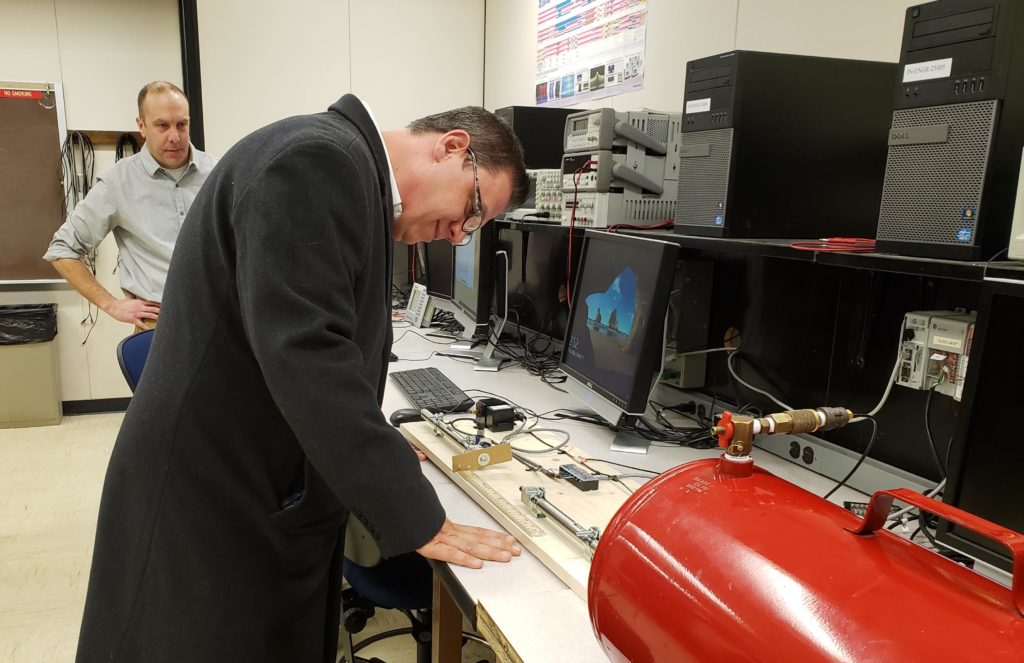 Proportion-Air Business Development Manager Jeff Johnston checking out the IUPUI team’s progress during a visit in March.
Proportion-Air Business Development Manager Jeff Johnston checking out the IUPUI team’s progress during a visit in March.
The Project
The first ECET 499 class was approved for the spring 2019 semester, while the project team began their work in fall 2018. Seniors Ron Knight, Basim Al Fuhidah and Blaine Wilken undertook the closed-loop pneumatic PID project with Cooney as the faculty advisor. Their scope included building six lab stations that show PID control for positioning a cylinder, a lab guide to familiarize users with the system, a build guide and a troubleshooting guide.
The students spent the first semester of the schoolyear-long project in the design stages. They met with Proportion-Air’s Bob Leonard, one of our electrical engineers, to start the project.
The first few weeks focused on high-level design – decisions and matrices, system architecture and components, control loop design and the interface. They ordered the prototyping hardware and moved onto hardware and software design. By the semester break, they gave a design report and were ready to start building.
“When we first got it, I was like, ‘Oh, this is going to be easy,’” Knight said. “Then it turned out to be a little more difficult, a little more time-consuming, than I originally thought.”
Hands-on Creation
Using their matrices to determine the best products to meet their needs, they started building a prototype. The station featured two QB1X electro-pneumatic pressure regulators, each connected to a cylinder. One regulator was set to a pre-determined extension length for the cylinder. The other regulator and cylinder were automated to create a series of disturbances against the controlled cylinder. An ultrasonic distance sensor detects the distance the cylinders move. The interface for control is an Allen-Bradley PLC system with an analog input/output card and PLC logic software.
A preset distance is entered into the PID as the controlled variable. An ultrasonic sensor provides the actual position of the extended cylinder, with a signal range between 4-20mA to the PLC analog I/O card. When the disturbance cylinder acts on the controlled cylinder, the system responds by using the PID to maintain the desired position. Varying the tuning parameters in the PID alters the response time and accuracy.
Al Fuhidah pointed to PID control as an area he learned a lot about. “I didn’t have…knowledge about RSLogix [the control software program the group used]. I had to watch a lot of tutorials about tuning a PID. It was interesting to me,” he said.
Wilken was in an interesting position: He was both taking the ECET 499 class and creating one of the labs that will eventually be part of it.
“Working with the devices was interesting – an actual application. I learned a lot about a PID. It helped me put it together. It just made sense out of a lot of the theory that was presented by Dr. Izadian.” (Izadian taught the spring semester ECET 499 course.)
The team wrote the lab exercise as the prototype lab was being built. By Spring Break, they had built a successful prototype and were ready to complete the rest of the project.
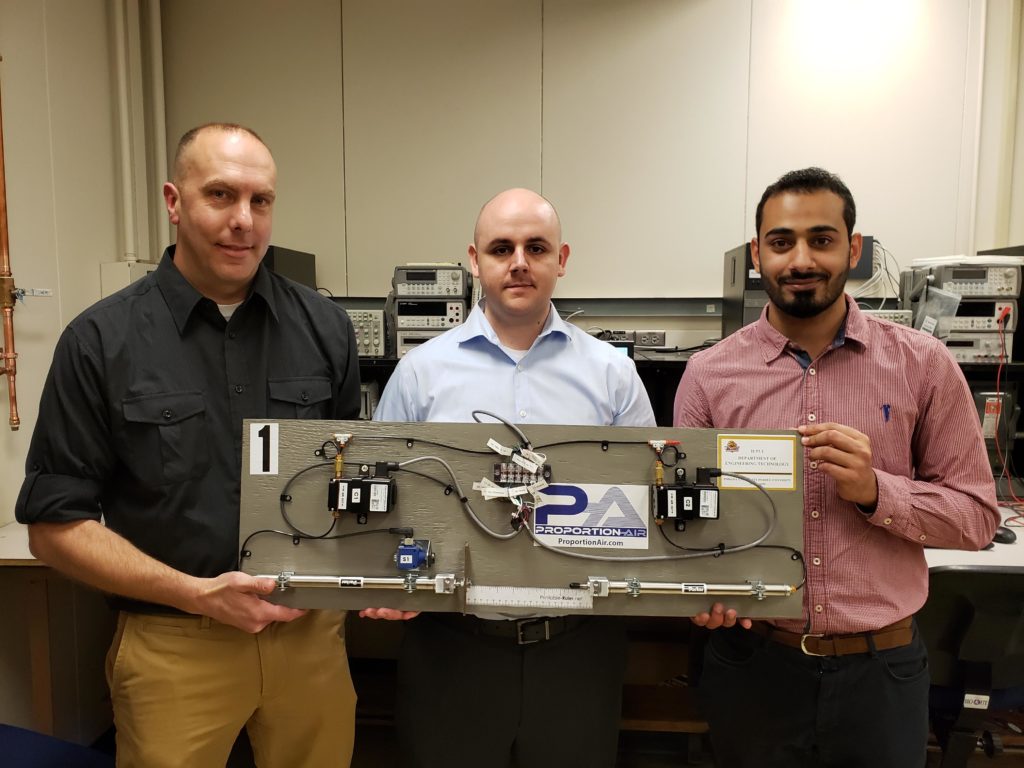
Testing and Feedback
As good engineers do, the team tested and sought feedback on their project. After building one station and writing a procedure guide, they used the guide to build the other five, making minor adjustments. The team recruited two ECET students to get feedback for the proposed lab exercise. Their suggestions were incorporated into the final document.
And the centerpiece: Once the campus electronics lab was outfitted with compressed air lines, the six lab stations were ready to try out. All six were connected and worked simultaneously, with the disturbance program tested for 30 minutes without fault. The ultrasonic sensors needed only minor adjustments. And because a Proportion-Air QB1X can operate in nearly any orientation, turning the board from horizontal to vertical didn’t cause variations. Success!
With six working lab stations, procedure, troubleshooting and build guides, this portion of ECET 499 is ready.
What’s Next
After graduating last Sunday, the team went in different directions. Knight will continue to work in a calibration lab at Carrier Corporation, ultimately seeking a research and development role. Al Fuhidah is considering pursuing a master’s degree in engineering management. Wilken is looking for a job where he can put his new skills to work – he is moving this summer to be nearer his wife’s family in east Texas or Louisiana.

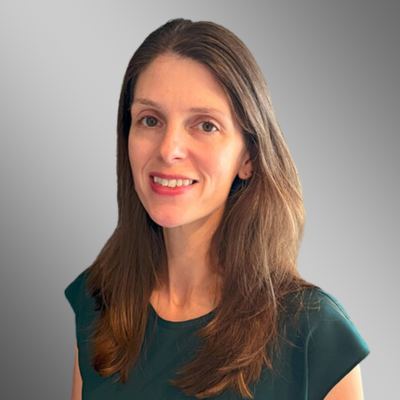
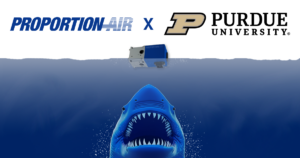 Purdue’s Mechanical Megalodon Senior Capstone Project Taking Shape
Purdue’s Mechanical Megalodon Senior Capstone Project Taking Shape 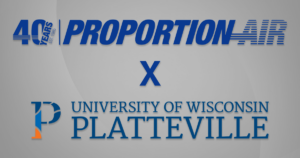 University of Wisconsin & Proportion-Air – Manual Regulator Senior Capstone Project Team
University of Wisconsin & Proportion-Air – Manual Regulator Senior Capstone Project Team 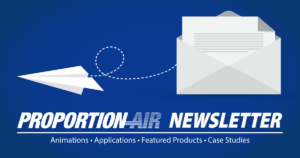 February Newsletter: Medical Device Manufacturing
February Newsletter: Medical Device Manufacturing